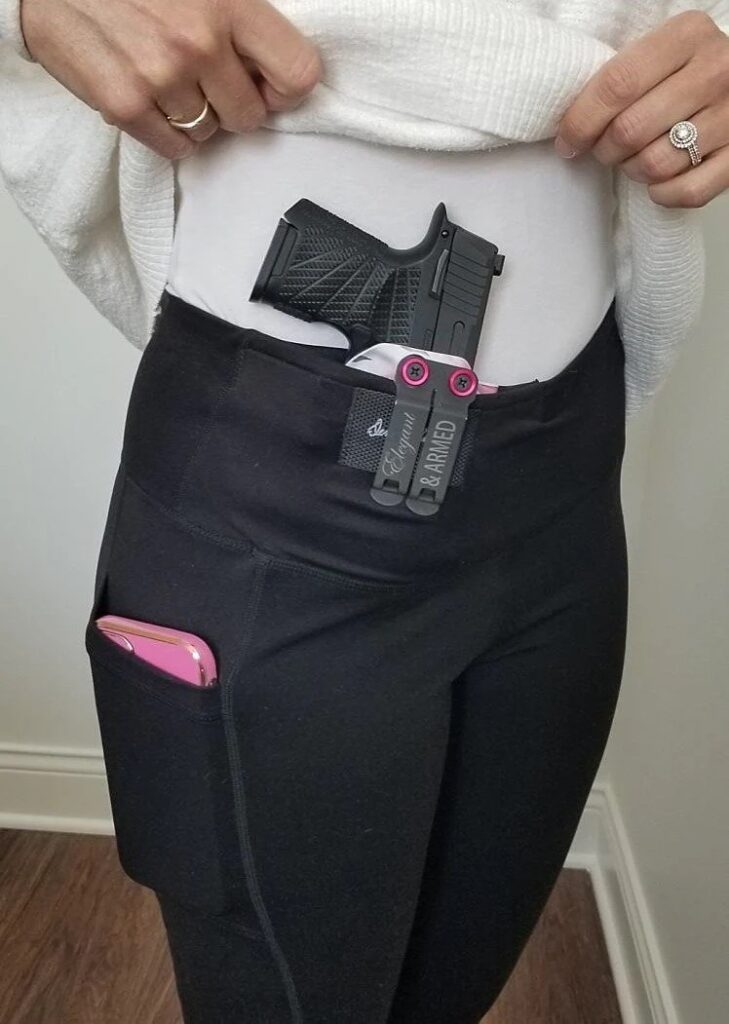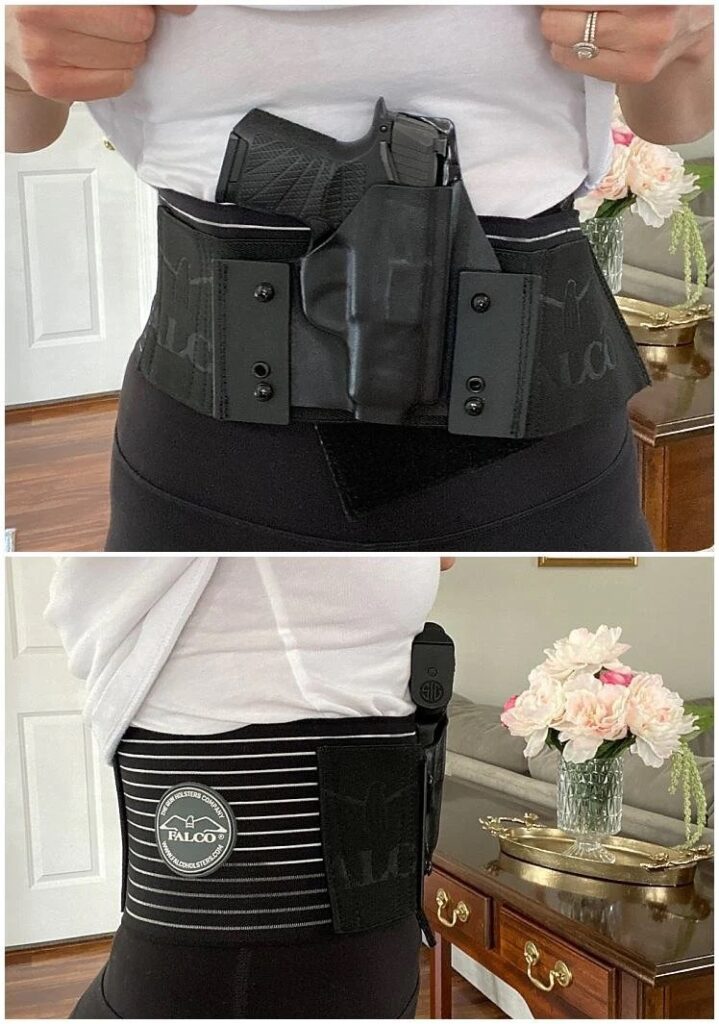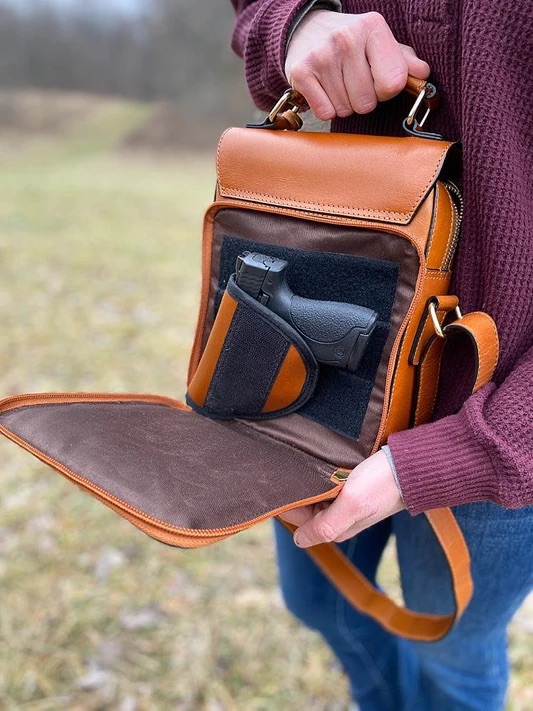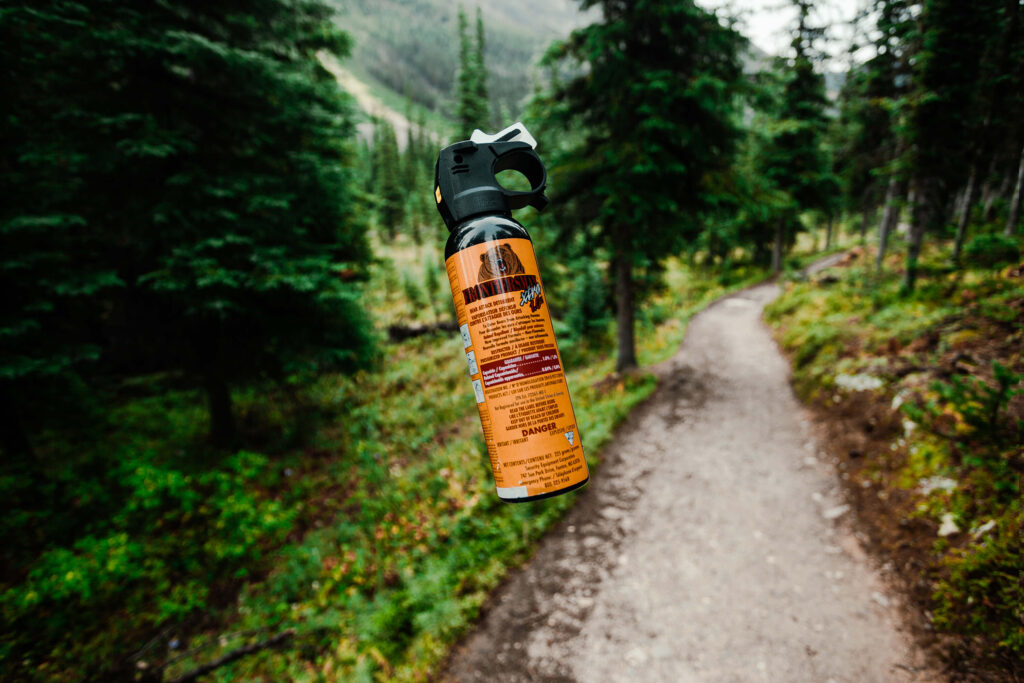How Women Can Concealed Carry on the Trail in the United States

For many women who love hiking or spending time outdoors across the United States, personal safety is a critical aspect of the planning checklist, especially depending on how long your hikes are, as well as if the hike is far away from the trailhead.
Now, while some prefer carrying pepper spray or a whistle, more and more women are considering a concealed firearm as a more reliable means of protection, especially outdoors.
Whether that’s the right choice depends on where you live in the United States, your comfort level, and the local laws that govern carrying while hiking.
Balancing Safety and Simplicity
Carrying a firearm on the trail can provide an unparalleled peace of mind, but it’s not for everyone.
For some, the presence of a weapon feels like an extra layer of protection, especially when hiking alone or in remote areas. For others, it introduces more complexity than they are comfortable with. Neither way is wrong, but when it comes to concealed carrying, there are quite a few ways to carry on the trail.
Now, it is worth noting that not all countries share the same view. In Canada, for instance, hiking with a firearm is generally prohibited unless you’re a licensed hunter and carrying a rifle for that purpose.
In the U.S., however, the firearm carry rules vary by state and even by park, with some allowing concealed carry and others restricting it.
Factors to Consider Before Carrying
There are a couple of factors to keep in mind before we get into the exact methods of carrying:
Comfort and mobility: The terrain and activity type matter more than you may think. Steep trails, uneven footing, or even just running require setups that keep the firearm secure without limiting movement.
Retention and accessibility: The firearm should stay put and stable, but still be accessible when needed in any situation. A good holster or garment makes the difference between safety and inconvenience.
Weather and layering: As you could imagine, a hotter climate calls for lightweight gear, while cold hikes demand adaptable holsters that stay reachable under jackets or packs.
Popular Carry Options for Women Outdoors
When it comes to the options women have for a more active concealed carry, there are more than you might think!
1. Concealed Carry Leggings

Designed with integrated holsters near the waistband or hip, women’s concealed carry leggings offer comfort and flexibility for hikers and joggers. They keep the firearm close to the body, reducing movement and bulk.
Pros: Secure fit, discreet design, and full freedom of movement.
Cons: Limited firearm size compatibility and less effective layering in cold weather.
2. Waist Pack or Fanny Pack Holsters

This is a far more compact and versatile off-body carry option. These packs often include a hidden pocket with quick-zip access.
Pros: Comfortable in warm climates and super easy to access.
Cons: Must always stay on your person, so it can sometimes be slower to reach compared to on-body options.
3. Belly Bands and Compression Holsters

Lightweight and adjustable, belly bands can be worn under shirts or jackets and accommodate a variety of firearm sizes.
Pros: Secure, close-to-body placement that is adaptable for just about any outfit.
Cons: Can cause discomfort or additional sweating during long hikes, but to be expected on a hike.
4. Concealed Carry Jackets or Vests

For cold or variable weather, concealed carry outerwear provides dedicated holster pockets that balance warmth with access.
Pros: Keeps the firearm dry and hidden under protective layers.
Cons: Less practical when temperatures rise or if you ever want to take off your jacket.
5. Hiking Backpacks with Hidden Compartments

Some backpacks feature discreet compartments for off-body carry.
Pros: Ideal for longer treks or when carrying larger gear.
Cons: Slowest access time and potential risk if separated from the bag.
Training and Responsibility
Regardless of method or opinion, responsible ownership and training are non-negotiable when it comes to firearms.
Anyone considering carrying should take the time to practice safe handling, drawing techniques, and situational awareness. Understanding your environment, from trail conditions to wildlife patterns, can go a long way in staying safe without ever drawing a weapon.
Alternatives to Concealed Carry
Not every hiker feels comfortable bringing a firearm on the trail, and that’s completely okay!
There are several effective ways to stay safe outdoors without carrying a gun, depending on your comfort level and the environment in which you’re hiking in the U.S.
1. Non-Lethal Deterrents

Bear spray, pepper spray, and personal alarms are well known for being some of the most practical options for hikers outside of firearms.
They’re lightweight, easy to use, and legal in most areas where firearms aren’t. For wildlife-heavy trails and hikes through bear country, bear spray should be carried regardless, as it provides a proven, wide-range defense that doesn’t require lethal force against the animal.
2. Situational Awareness
One of the simplest yet most powerful safety tools is just your awareness.
Staying alert to your surroundings, avoiding isolated areas near dusk, and keeping one ear free of headphones can dramatically reduce risk on the trails. Small precautions like noting trail markers or checking in with a friend before setting out can also make a difference.
3. Group Hiking
Traveling with others is a natural deterrent and makes for a more exciting hike!
Groups are less likely to encounter issues, animals, and having companions means multiple sets of eyes and ears on the trail at all times. Many outdoor clubs and women’s hiking communities now organize group outings specifically for those reasons, made up of those who prefer shared safety over self-carry.
4. Self-Defense Training
Even without a weapon, basic self-defense skills can build confidence and preparedness.
Many classes focus on using body positioning, voice commands, and improvised tools (like trekking poles or flashlights) to create distance or deter a threat. These can all come in handy as a backup if you own a firearm.
